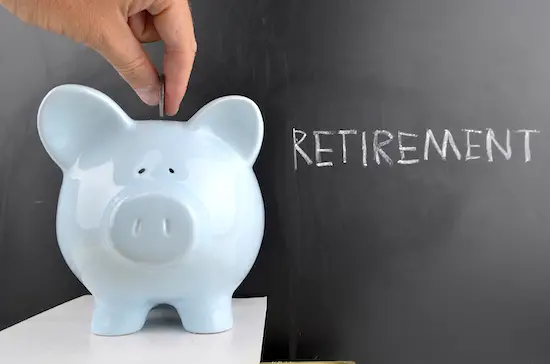Who thought this was possible back in the decade of the ’80’s?
The Thrift Savings Plan that was created for federal employees as the cornerstone of the new federal retirement plan (FERS) is now a model for the rest of the country to follow.
How did this happen? Why is the Thrift Savings Plan a model? Is it possible that federal employees have one of the best retirement systems available?
Being a model for the rest of the country doesn’t mean the new FERS system is as beneficial to employees as the old Civil Service Retirement System (CSRS). Most federal employees we hear from who were in CSRS and stayed in that system don’t regret their decision. They are generally very happy with the CSRS.
While the TSP soared through the hot stock period of the late 90’s, the FERS stocks also tanked as America’s investors felt the pain of the tech bubble bursting.
Those in the CSRS system really weren’t concerned. The envy felt by some in CSRS over the skyrocketing amounts in the C fund investments of some FERS employees vanished quickly. As the stock market tanked, the CSRS employees knew they had a good thing-the economy didn’t really impact their retirement pension.
And participating in the CSRS wasn’t an option. Your paycheck always reflected a deduction for your retirement. If you couldn’t afford to have the money taken out (a common reason/excuse for not investing in the TSP), it didn’t make any difference–the money was taken out anyway.
The CSRS system was a socialist ideal patterned after the defined benefit plans of large American corporations that were popular in the ‘50’s. CSRS provided a guaranteed income for the rest of your life regardless of how much money you put in or how much you took out during what you hoped would be a long, healthy retirement. The money wasn’t really there but with Uncle Sam as the banker, it didn’t make any difference. The checks were usually in the mail and on time.
The result was fairly predictable. Almost no one ever left government employment. Unhappy with your job? The attitude of some unhappy souls can be summarized as: File a grievance, pursue numerous appeals, make your colleagues miserable-do whatever you felt you could get away with but do not, under any circumstances, turn in the golden handcuffs that guaranteed a retirement income.
As corporate America discovered it couldn’t survive or prosper in a global economy with the heavy burden of a defined benefit retirement plan, a new breed of retirement emerged. Various forms of “do it yourself” retirement plans aided by tax incentives led to a wholesale change in how we view retirement. It freed companies from the retirement burden and shifted the burden to the individual.
But with freedom came responsibility. Those that invest money in IRA’s, 401(k) plans or the TSP are often those with the most money and the most education. Faced with the option of keeping the money or putting it into a retirement plan, many employees opt for just keeping the money and worrying about retirement later-or just working until their health gives out and they can’t work anymore. Other employees put their retirement money into speculative stocks that tanked. Others put their retirement money into low-paying savings accounts that lost ground to inflation each year.
So now comes the TSP plan as a model. Federal employees don’t have too much flexibility but there is some flexibility in choosing investments. Anyone who participates can’t do too much damage regardless of how you invest your money-as long as you do invest your money. The expenses are very low; there is no hint of scandal and no one will lose their entire retirement because all their money was invested in their employer’s stock.
And you can take the money with you. You can leave government and go to the private sector. Your investment actually exists in real dollars that are there for your retirement-not just a promise to pay your annuity in the future from new money coming in.
Some federal employees undoubtedly look at the FERS system and think it is too bad the old CSRS system doesn’t still exist. Others look at the FERS system and see it as a successful model to be emulated by the rest of America as an alternative to the current Social Security System.
So, look at the bright side, if you are in the FERS system, you are in a system thought of as one of the best retirement systems in the country. Take advantage of it and invest in the TSP.
If you are in the CSRS system, you may be even better off but lacked the economic freedom to leave government if you really wanted to leave. It also means you are getting close to retirement so enjoy your annuity and be thankful your retirement wasn’t invested in Enron or one of those hot tech stocks that will never recover.


